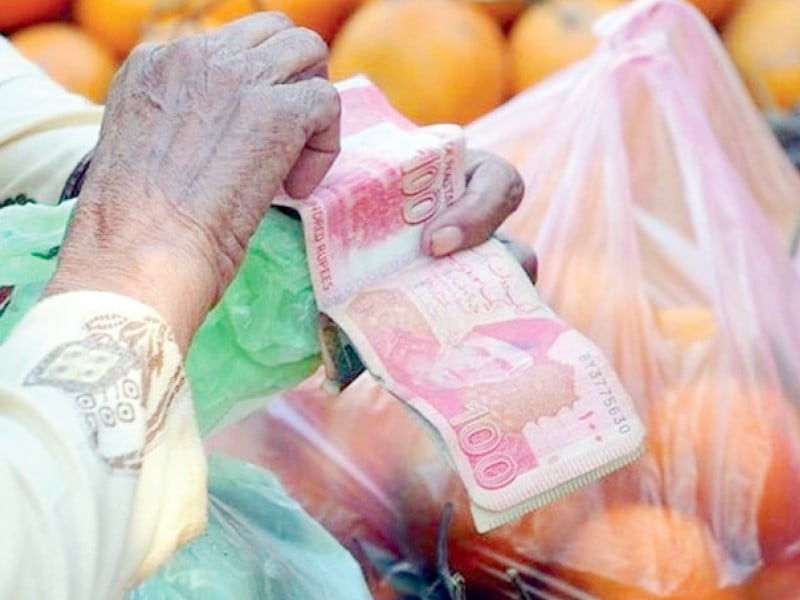Eidul Azha boosts remittances to near record highs M Haris
KARACHI:
The inflows of workers’ remittances sent home by overseas Pakistanis remained robust against expectations in June 2024, hitting the second-highest monthly receipt in history at $3.16 billion amid Eidul Azha celebrations. This surge promoted the full-year inflows to cross over $30 billion in the fiscal year ended June 30, 2024.
The healthy remittance numbers are projected to keep the current account deficit moderate for both the month and the full year, extending support to the rupee to remain strong against the US dollar in the short run (up to six months). According to State Bank of Pakistan (SBP) data, inward remittances spiked 44% in June 2024 compared to $2.19 billion in the same month of the previous year. The inflows, however, nominally dropped 3% in June compared to the record high of $3.24 billion received in May 2024.
Cumulatively, workers’ remittances rose 11% in FY24, reaching $30.25 billion compared to $27.33 billion in FY23. The figure for FY24 is slightly lower than the $31.28 billion received in FY22, suggesting some leakages in the system. At the same time, it indicates room for further growth in the coming year.
The major sources of inflows are Saudi Arabia, from which expatriates sent $809 million in June 2024, followed by $654 million from the United Arab Emirates (UAE). They sent $487 million from the United Kingdom (UK), $330 million from European Union (EU) countries, $322 million from the United States of America (USA), and $556 million from other countries in June 2024. Topline Research attributed the outstanding inflows in June to Eidul Azha, as non-resident Pakistanis sent higher funds to their family members in the homeland to support them in coping with elevated inflation during the festival.
While talking to The Express Tribune, Yousuf Rahman, Head of Research at KASB Securities, noted that the growth in remittance inflows in June was against expectations for some contraction, as receipts historically tend to drop post-Eid. He underscored that the growth in workers’ remittances was mainly recorded in the second half (January-June) of FY24 as a large number of Pakistanis found jobs abroad amid the economic crisis in Pakistan. They contributed to the country’s economy by sending healthy remittances throughout the year.
Moreover, the higher inflation rate in the country prompted non-resident Pakistanis to send significantly higher amounts to their relatives to cope with the situation. Rahman highlighted that the government’s crackdown on illicit currency markets and illegal Hawala-Hundi operators, especially in bordering areas with Afghanistan, crushed black currency markets and encouraged expatriates to send funds through official channels, including commercial banks and registered exchange companies. This shift promoted increased inflows throughout the year.
The return of stability in the rupee-dollar parity also increased the confidence of non-residents in the domestic economy, prompting them to send a portion of their earnings for investment purposes. Non-residents have remained significant investors in the real estate sector in the country.
Rahman anticipated that the inflows of workers’ remittances would remain robust in the coming year for several reasons, including the mass emigration of Pakistanis abroad in search of jobs. Additionally, a significant portion of Pakistani expatriates resides in Middle Eastern countries, where robust economies driven by rising petroleum prices continue to keep their earnings healthy, enabling them to send higher remittances to Pakistan.
Overseas Pakistanis sent $7.42 billion from Saudi Arabia in FY24, a 14% increase compared to $6.53 billion in FY23. Non-resident Pakistanis dispatched $5.53 billion from the UAE, up 19% from $4.65 billion in FY23.
They remitted $4.52 billion from the UK in FY24, showing an 11% increase from $4.07 billion in the previous year.
Dispatches from EU countries rose 13% to $3.53 billion in FY24, compared to $3.13 billion in FY23. Expatriates sent $3.53 billion from the USA, an 11% increase from $3.17 billion in FY23.


